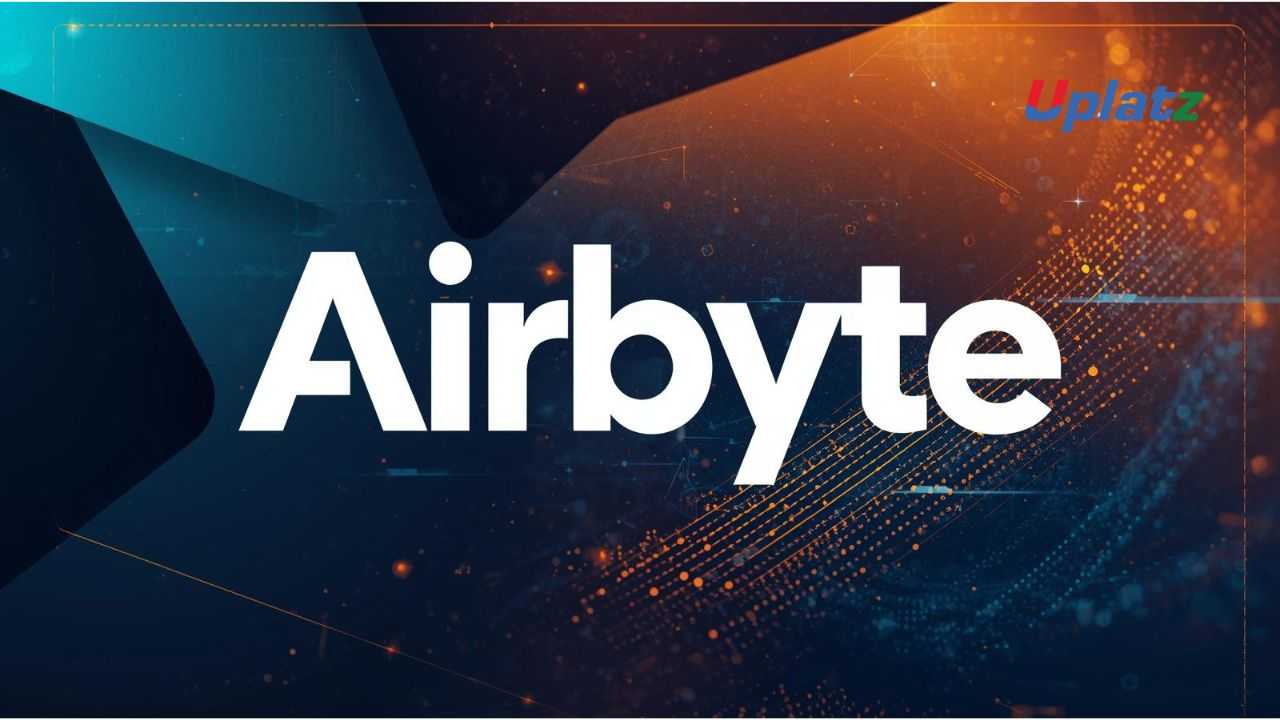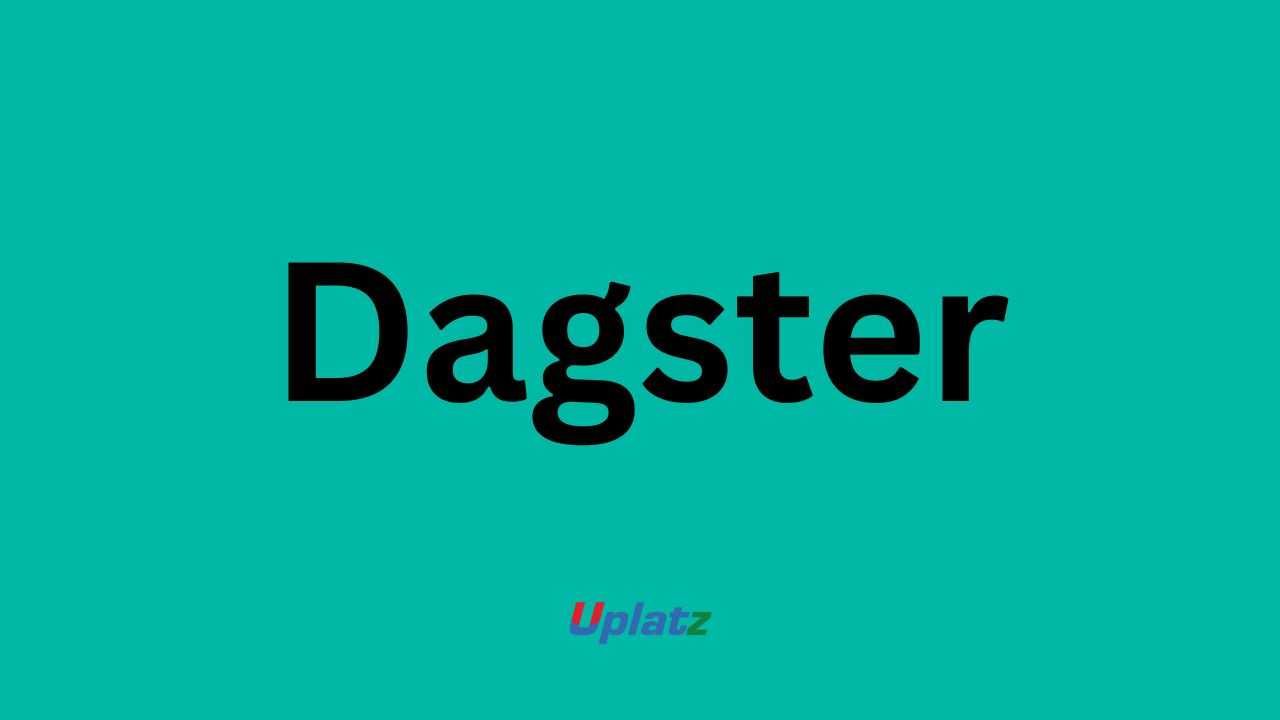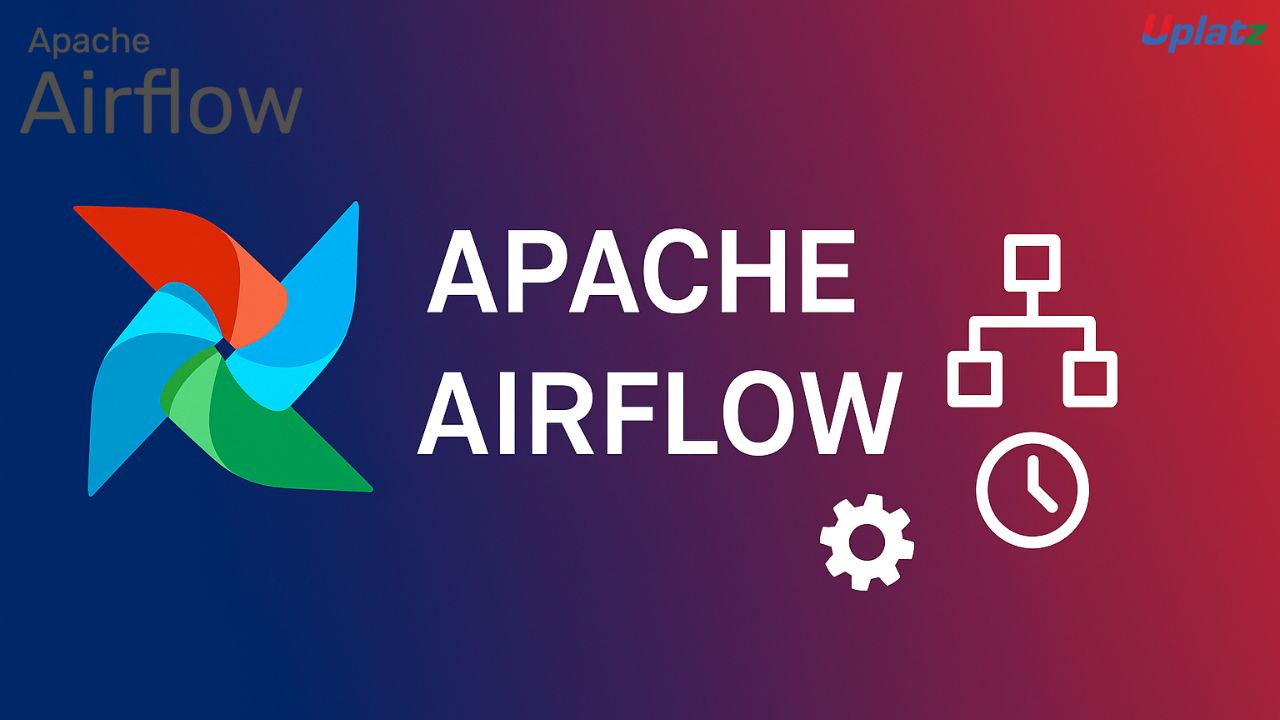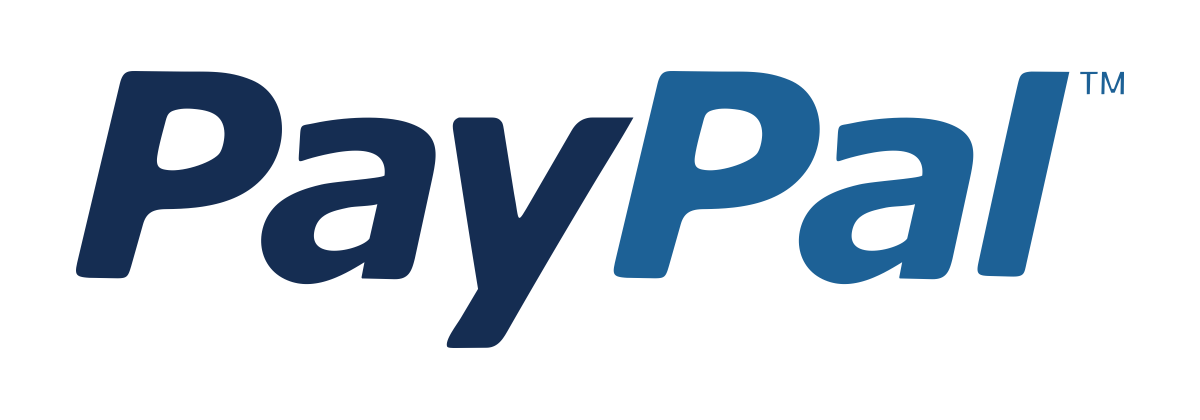Airbyte
Master Airbyte for building automated, scalable, and flexible data pipelines across modern analytics stacks with hands-on connectors, orchestration, a Price Match Guarantee
Full Lifetime Access
Access on any Device
Technical Support
Secure Checkout
Course Completion Certificate
Price Match Guarantee
Full Lifetime Access
Access on any Device
Technical Support
Secure Checkout
Course Completion Certificate
 97% Started a new career
BUY THIS COURSE (
97% Started a new career
BUY THIS COURSE (GBP 12 GBP 29 )-
 86% Got a pay increase and promotion
86% Got a pay increase and promotion
Students also bought -
-

- Prefect
- 10 Hours
- GBP 12
- 10 Learners
-

- Dagster
- 10 Hours
- GBP 12
- 10 Learners
-

- Apache Airflow
- 10 Hours
- GBP 12
- 10 Learners

Modern organizations rely on a growing ecosystem of applications, databases, and cloud platforms, each generating valuable data that must be moved reliably across systems. As companies expand their analytics, machine learning, and business intelligence capabilities, the need for efficient, automated, and scalable data pipelines becomes mission-critical. Airbyte has emerged as one of the most popular open-source ELT platforms built for this new era — enabling teams to integrate hundreds of data sources and destinations with minimal overhead, strong reliability, and flexible deployment options.
Airbyte shifts the traditional model of writing custom ETL pipelines toward a connector-driven, configuration-first approach. Instead of building integrations manually, engineers can install prebuilt connectors, configure sync modes, and automate the movement of data into warehouses, lakes, and downstream tools. With a community-driven catalog, an easy-to-use UI, and a powerful Connector Development Kit (CDK), Airbyte has become a foundational component of the modern data stack.
The Airbyte course by Uplatz provides a deep, practical exploration of how to design, manage, and deploy scalable data pipelines using Airbyte. Learners will understand not just the interface but the underlying architecture that powers ingestion, replication, normalization, and orchestration. You will learn how to create ELT workflows that can handle large volumes of data, maintain schema integrity, operate on schedule, and integrate with downstream transformations such as dbt. This course blends conceptual depth with fully hands-on guidance so learners can build reliable production pipelines end to end.
🔍 What Is Airbyte?
Airbyte is an open-source platform for data integration that automates the extraction and loading of data from diverse systems. It provides a large marketplace of connectors to pull data from SaaS tools, APIs, databases, files, and analytics platforms and load it into destinations like Snowflake, BigQuery, Redshift, Databricks, PostgreSQL, and more.
Airbyte is designed around several principles:
-
Open and extensible – anyone can create or extend connectors through the CDK
-
Composable – integrates easily with orchestration tools, warehouses, and transformation layers
-
ELT-friendly – pushes heavy transformations to the warehouse for efficiency
-
Enterprise-ready – supports scaling, logging, monitoring, versioning, and secure deployments
-
Community-powered – connectors improve continuously through global contributions
Airbyte replaces custom scripts and fragile pipelines with a structured, modular, and reproducible framework for data movement.
⚙️ How Airbyte Works
Airbyte’s power comes from its simple yet flexible architecture. It automates the core stages of data replication:
1. Source Connectors
These extract data from systems such as:
-
Databases (MySQL, PostgreSQL, MongoDB, SQL Server)
-
SaaS tools (Shopify, Salesforce, HubSpot, Stripe)
-
Marketing platforms (Google Ads, Facebook Ads)
-
Files and cloud storage
-
Analytics tools (GA4, Mixpanel)
Source connectors support full refresh, incremental, and CDC-based replication.
2. Destinations
Airbyte loads data into:
-
Cloud warehouses
-
Data lakes
-
Analytical databases
-
APIs
-
Message queues
Loads can be overwrite, append, or append + dedup depending on sync mode.
3. ELT Approach
Instead of transforming during extraction, Airbyte loads raw data first, then:
-
Applies optional basic normalization with dbt
-
Enables custom transformations in the warehouse
-
Supports full dbt cloud and dbt-core workflows
4. Scheduling and Orchestration
Airbyte integrates seamlessly with:
-
Airflow
-
Prefect
-
Dagster
-
Kubernetes CronJobs
-
Cloud orchestration services
5. Connector Development Kit (CDK)
The CDK enables users to build custom connectors using Python or a low-code framework when no existing connector supports their use case.
6. Production Features
Airbyte supports:
-
Secrets management
-
Logging and debugging
-
Retry logic
-
Schema evolution
-
Job history
-
Access control
-
Horizontal scaling
This architecture makes Airbyte suitable for both small startups and enterprise-level data platforms.
🏭 Where Airbyte Is Used in the Industry
Airbyte is widely adopted across industries that rely on integrated analytics.
1. Tech & SaaS Companies
Used to consolidate operational metrics, user behavior analytics, billing data, and product usage logs.
2. E-commerce & Retail
Syncs product catalogs, transactions, inventory, ads, marketing dashboards, and CRM data.
3. Finance & Banking
Automates data feeds for fraud analytics, risk modeling, regulatory reporting, and financial forecasting.
4. Healthcare & Life Sciences
Moves clinical data, patient systems data, device logs, and lab data across secure environments.
5. Telecommunications
Supports BI dashboards, customer analytics, and network performance modeling.
6. Manufacturing & Industry 4.0
Integrates IoT data, equipment logs, ERP records, and automation system metrics.
7. Education & Public Sector
Handles enrollment systems, learning analytics, facilities data, and public datasets.
Companies choose Airbyte because it reduces engineering effort, increases reliability, and accelerates the delivery of high-quality data.
🌟 Benefits of Learning Airbyte
Mastering Airbyte enables learners to build modern data pipelines used across top organizations.
Key benefits include:
-
Ability to integrate hundreds of data systems without writing custom code
-
Expertise in building robust ELT workflows for analytics and machine learning
-
Skills in orchestrating Airbyte with Airflow, Prefect, and Dagster
-
Experience in deploying Airbyte on Docker, Kubernetes, and cloud platforms
-
Familiarity with dbt-based normalization and advanced transformation flows
-
Competence in handling schema changes, retries, and pipeline monitoring
-
Understanding of connector creation and custom data extraction logic
-
Career growth in data engineering, analytics engineering, and cloud data roles
By learning Airbyte, individuals position themselves for high-impact roles in modern data teams.
📘 What You’ll Learn in This Course
During this course, learners will explore:
-
Airbyte concepts, UI, and workflow automation
-
Core architecture and internal job processing
-
Using prebuilt connectors for databases, APIs, and SaaS platforms
-
Sync modes: incremental, full refresh, append, dedupe
-
Running Airbyte locally using Docker
-
Deploying Airbyte to cloud VM, Kubernetes, or serverless systems
-
Building custom connectors with the CDK
-
Integrating Airbyte with dbt for transformations
-
Scheduling and monitoring pipelines using orchestration tools
-
Implementing real-world enterprise ELT use cases
-
Managing logs, retries, schema changes, and performance tuning
-
Designing complete production-ready data pipelines
The content is hands-on, comprehensive, and aligned with industry best practices.
🧠 How to Use This Course Effectively
To get the maximum value:
-
Begin with fundamentals: ELT, connectors, and Airbyte’s UI
-
Practice building simple data pipelines before large ones
-
Learn sync modes and decide when to use each
-
Experiment with scheduling pipelines using Airflow or Prefect
-
Deploy Airbyte on Docker or Kubernetes to understand real-world operations
-
Review logs and debug common pipeline issues
-
Build your capstone: a complete automated data ingestion workflow
-
Explore connector development with the CDK to extend Airbyte’s functionality
👩💻 Who Should Take This Course
This course is ideal for:
-
Data Engineers
-
Analytics Engineers
-
Cloud Engineers
-
BI Developers
-
Machine Learning Engineers
-
Backend Developers transitioning to data platform roles
-
Students entering the data engineering field
-
Anyone wanting to master modern ELT pipelines
Basic Python and SQL knowledge is helpful but not mandatory.
🚀 Final Takeaway
Airbyte is reshaping the data integration landscape by offering a flexible, open, and scalable ELT platform that can adapt to any organization’s data needs. By mastering Airbyte through this course, you gain the ability to build production-grade data pipelines, automate workflows, integrate dozens of systems, and contribute to the modern data stack confidently. Whether your goal is to support analytics, power machine learning, or streamline data operations, Airbyte equips you with the tools to move data reliably, efficiently, and at scale.
By the end of this course, you will be able to:
-
Understand Airbyte architecture, components, and data flow
-
Configure and manage connectors, sync modes, and replication schedules
-
Build ELT pipelines for warehouses and lakes
-
Develop custom connectors using Airbyte CDK
-
Integrate Airbyte with Airflow, Prefect, and Dagster
-
Manage logging, debugging, and monitoring in production
-
Deploy Airbyte using Docker, Kubernetes, and cloud services
-
Implement normalization and dbt-based transformations
-
Build real-world data integration workflows end-to-end
Course Syllabus
Module 1: Introduction to Airbyte
• What is Airbyte?
• ELT vs ETL
• OSS vs Cloud
Module 2: Architecture & Components
• Scheduler, Worker, Temporal
• Message passing & Streams
Module 3: Connectors
• Sources & Destinations
• Incremental sync, deduping, schema evolution
Module 4: Hands-On with Popular Connectors
• Databases, SaaS, Ads, Analytics
Module 5: Transformations & dbt Normalization
• Generated models
• Custom dbt logic
Module 6: Orchestration
• Airflow, Prefect, Dagster
• Triggering syncs
Module 7: Deployment
• Docker, Kubernetes, Cloud
• Logs, secrets, scaling
Module 8: Custom Connectors
• CDK (Python/Low-Code)
• Testing & publishing
Module 9: Monitoring & Reliability
• Alerts, retries, job inspection
Module 10: Real Projects
• Customer 360
• Marketing analytics
• Database migration
Upon completion, learners receive a Uplatz Certificate verifying their expertise in ELT pipelines, Airbyte connectors, orchestration, and modern data stack integration.
Skills from this course support roles such as:
• Data Engineer
• Analytics Engineer
• ETL Developer
• Cloud Data Specialist
• BI Developer
• Pipeline Engineer
1. What is Airbyte and how does it differ from Fivetran & Stitch?
Airbyte is an open-source ELT data integration platform with a large connector catalog.
Unlike Fivetran & Stitch, it is open-source, allows custom connector development, is self-hostable, and supports more flexible syncs at lower cost.
2. Explain incremental sync modes.
Incremental sync pulls only new or updated records since the last sync.
Airbyte supports:
-
Incremental – Append
-
Incremental – Append + Dedup
-
CDC-based incremental using change logs.
3. How does Airbyte handle schema changes?
Airbyte detects schema updates during syncs and applies them based on configuration.
It can:
-
Auto-add new fields
-
Propagate changes to destinations
-
Alert users when incompatible changes occur.
4. What is the Airbyte CDK?
The Connector Development Kit (CDK) is a framework for building custom source or destination connectors using Python or a low-code approach.
5. How do you orchestrate Airbyte with Airflow?
Use the Airbyte Operator or AirbyteHook in Airflow to:
-
Trigger sync jobs
-
Monitor job status
-
Chain Airbyte tasks with dbt, quality checks, or downstream tasks.
6. How does dbt normalization work?
Airbyte generates basic dbt models to convert raw JSON data into clean, structured tables.
Normalization includes:
-
Flattening nested fields
-
Standardizing column names
-
Creating staging and final tables.
7. How do you deploy Airbyte on Kubernetes?
Deploy using the official Helm chart or Kubernetes manifests:
-
Deploy the Airbyte server and worker pods
-
Configure persistent storage
-
Connect to an external database
-
Use ingress and secrets for secure access.
8. What causes a sync to fail?
Common causes include:
-
API rate limits
-
Invalid credentials
-
Network errors
-
Schema mismatches
-
Large records or malformed data
-
Destination errors (permissions, storage limits)
9. How do you design a scalable ELT pipeline?
Use:
-
Incremental syncs
-
CDC for high-volume databases
-
dbt for efficient transformations
-
Parallelized connectors
-
Kubernetes scaling
-
Monitoring, retries, and alerting.
10. What are the advantages of Airbyte Cloud?
Airbyte Cloud offers:
-
Managed connectors
-
Automatic scaling
-
SLAs and support
-
Enhanced reliability
-
Lower operational overhead
-
SaaS simplicity with enterprise features.









